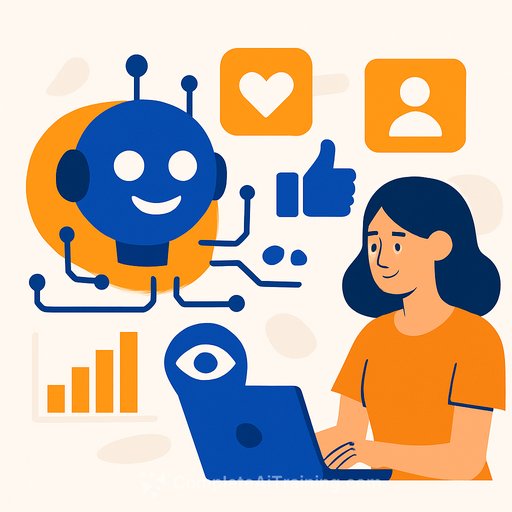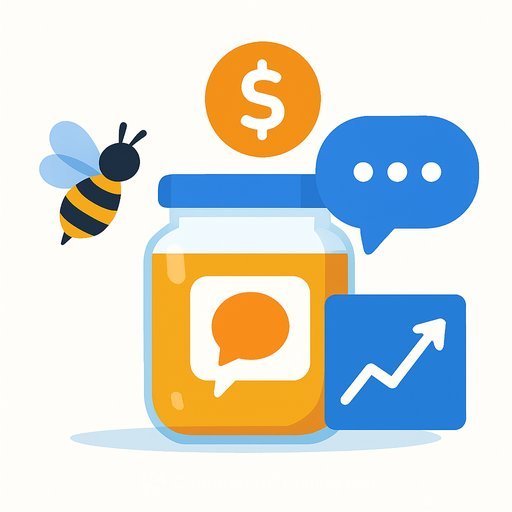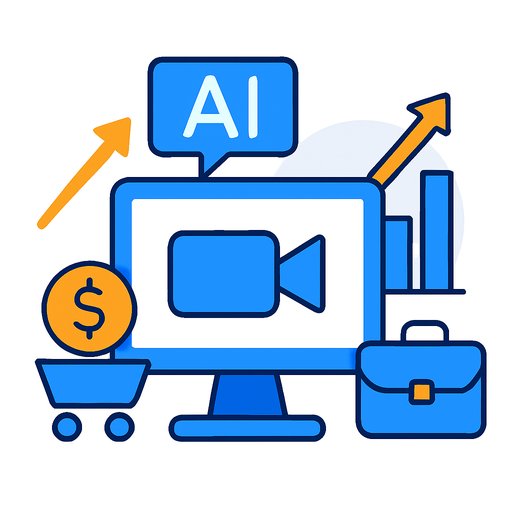The Role of AI in Social Media Marketing
Generative AI has become a common part of online life, and social media is no exception. Platforms like Meta’s Instagram and Facebook now feature AI chatbots in search, while X offers AI-powered chat and content creation through tools like Grok. AI video generation is also available on Snapchat, YouTube, and TikTok, showing how AI is influencing both user experiences and professional content creation.
A recent survey by Metricool found that 96% of social media managers use AI tools in their work, with nearly 75% using them daily. Social media professionals are experimenting with AI to find the right balance that fits their brand voice and workflow.
While AI can save time and effort, it also presents risks. Poorly managed AI content can lead to superficial posts that clutter feeds, and there are ongoing concerns about maintaining genuine human connection in an AI-driven landscape.
How AI Supports Social Media Marketing Roles
Social media managers often juggle multiple roles: content creation, customer service, data analysis, and trend spotting. With shrinking teams and higher posting demands, burnout is common. AI offers a solution by automating routine tasks and speeding up workflows.
Matt Navarra, a social media expert, describes AI as a “super-powered intern” that helps manage multiple accounts and generate content ideas. According to Metricool, the top AI uses include:
- Generating content ideas and brainstorming (78%)
- Writing posts, captions, and copy (72%)
- Adapting text for different tones or platforms (68%)
Popular AI tools include ChatGPT, Canva, Gemini, and Perplexity, mostly chatbots that assist with content creation.
For example, Gissel Arbelaez, a professional photographer in Buenos Aires, uses AI to polish her English grammar before posting, ensuring clear communication with her primarily English-speaking audience. She also uses AI editing tools in Adobe Creative Cloud for photo improvements.
Marketing firms also rely on AI. Alba Benítez of Plural Agency uses AI to streamline knowledge sharing and reduce operational friction, freeing her team to focus on creativity and strategy.
AI helps stretch one piece of content across multiple platforms by clipping videos, resizing images, or adjusting tone to fit each audience. This behind-the-scenes work often goes unnoticed but can improve overall content quality and efficiency.
When AI May Not Be the Best Choice
Despite its benefits, AI isn’t always the right tool. About 45% of social media pros avoid AI due to quality concerns such as hallucinations, misinformation, and bias. For instance, an AI program misspelling a company name on a product image is unacceptable.
Maintaining a unique brand voice is critical. Overreliance on AI risks producing generic content that sounds the same across brands, reducing engagement and connection. As Navarra points out, AI can draft content, but humans must polish it to keep personality intact.
Excessive AI-generated low-quality content—often called “AI slop”—can drive users away from platforms. Audiences still seek authenticity, entertainment, and meaningful connection.
Reputational Risks and Audience Backlash
Using AI carries reputational risks beyond content quality. Legal, ethical, and environmental concerns surround generative AI. Audiences wary of AI may react negatively if AI use isn’t transparent.
Recent examples include Duolingo prioritizing AI over human translators and Vogue featuring an AI-generated model in a Guess ad. Both faced backlash from followers who felt misled or concerned about the shift to AI.
Transparency is key. Without clear disclosure, subtle AI use can erode trust. Social media professionals must weigh these risks carefully since trust is hard to regain once lost.
Striking the Right AI Balance
Most social media professionals agree that AI should not replace human creativity in strategy, decision-making, or sensitive communications. AI can assist but shouldn’t lead.
Social media is a mix of human and AI input now. Some users reject AI content, others embrace it. Success depends on knowing your audience and being transparent about AI’s role.
Brands that focus on genuine connection and maintain their unique voice will stand out. AI may handle the “media” part, but the “social” part—trust, humor, empathy—remains distinctly human.
For social media and PR professionals interested in learning more about AI tools and training, resources like Complete AI Training offer courses that cover practical AI applications in marketing and communications.
Your membership also unlocks:






